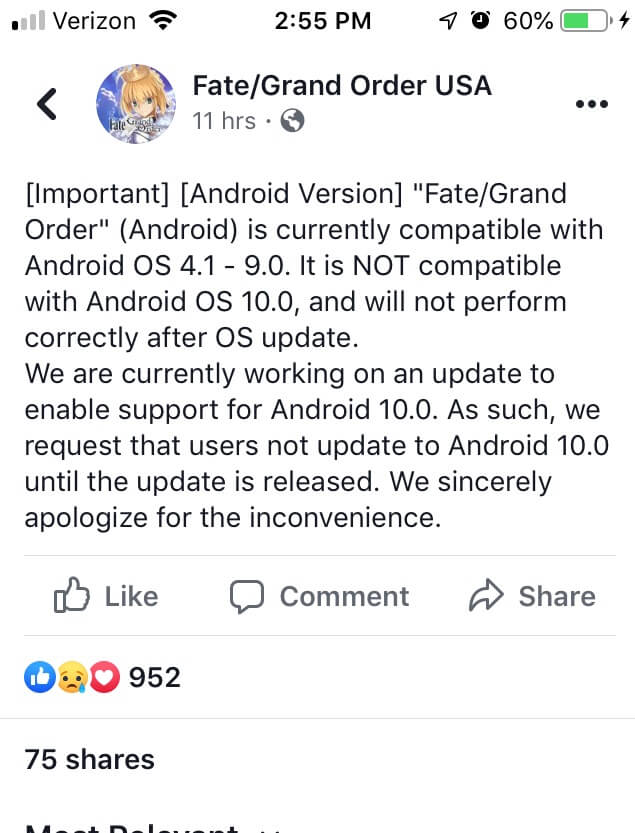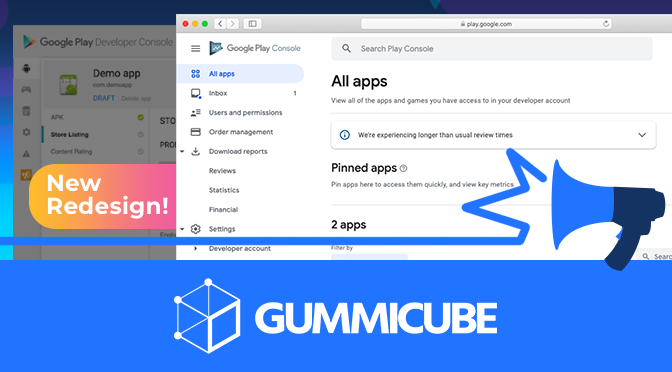
App Store Holiday Schedule 2020
Posted on November 23rd, 2020
When is the App Store Holiday Schedule 2020? Learn about the dates of this year's shutdown and how to prepare.

The new Android operating system has launched, breaking the dessert-themed names with “Android 10.” The latest update has brought many changes, some of which can impact apps and their App Store Optimization. As the update rolls out, developers should be aware of what Android 10 brings and what they should do.
There are many new enhancements to Android 10. Some of these, such as gesture navigation or dark themes, may only require developers to check and see how their apps look with the new displays. Others may require more changes.
One change with Android 10 is new support for foldable phones. Android Studio 3.5 allows developers to see how their apps work on folding screens, so the apps should be tested and optimized in preparation for foldable phones.
The addition of Dynamic Depth images can be used to enhance camera and photography apps. Any apps using the phone’s camera can opt in for it, so those that do should update their screenshots to show how images look with Dynamic Depth and call it out in their descriptions.
Similarly, messaging apps can opt in or out of Smart Replies in notifications. When users are notified of a message, the notification can include buttons users can tap to instantly send a suggested reply. This can be a new feature worth calling out on the app’s page, such as a group messaging app mentioning instant replies in its description.
Other new features include:
Developers utilizing any of these should test their apps to ensure everything runs smoothly, then check their App Store Optimization. These changes may be worth highlighting in the app’s screenshots and description.
Along with the software changes, Google is updating its privacy policy for Android apps. Developers should familiarize themselves with these policies to ensure their apps are compliant, otherwise they’ll be at risk of removal.
These policy updates include:
Developers have had time to prepare their apps for Android 10, so their apps should be ready to update for compatibility. Those that have not should prepare their apps as soon as possible. Users are starting to update their devices, so the apps may lose installs if they stop working on the new operating system.
Those that have not yet prepared their apps can let users know that the issue is currently being addressed. That can help mitigate the losses, since users will know that they’ll be able to resume using the app soon.

When this mobile game's developers discovered its app does not function on Android 10, they quickly alerted players as they began to work on an update.
Developers should also double-check to ensure their apps are compliant with all privacy changes, such as new location permissions and background activity. Google has provided a checklist of the top privacy changes to be aware of.
It is recommended to publish the updated app as quickly as possible. At the same time, developers may want to update their Google Play Store app pages with information on the changes.
If the update to Android 10 has any impact on an app’s visuals, features or performance, they should be reflected in the Play Store page. For instance, camera apps may want to show off the Dynamic Depth, or audio recording apps can call out how they can now record audio from other apps.
Updates like this can often shake up keyword rankings and app performance, so developers should keep a close eye on their apps. If an app is encountering unforeseen problems in Android 10, the developers will want to act quickly to address it.
Developers should be prepared to update their app’s metadata based on shifts in keyword volume and rankings. Users may be seeking new or different apps to make the most of the changes in Android 10, so it may be necessary to adjust an app’s optimization soon.
Want more information regarding App Store Optimization? Contact Gummicube and we’ll help get your strategy started.

When is the App Store Holiday Schedule 2020? Learn about the dates of this year's shutdown and how to prepare.

Apple's App Store Guidelines have strict privacy requirements. Developers now must provide information to users on the App Store listing regarding the data they access.

The Google Play Developer Console has been updated with a new design and adjusted tools. What's different, and how will it impact App Store Optimization?